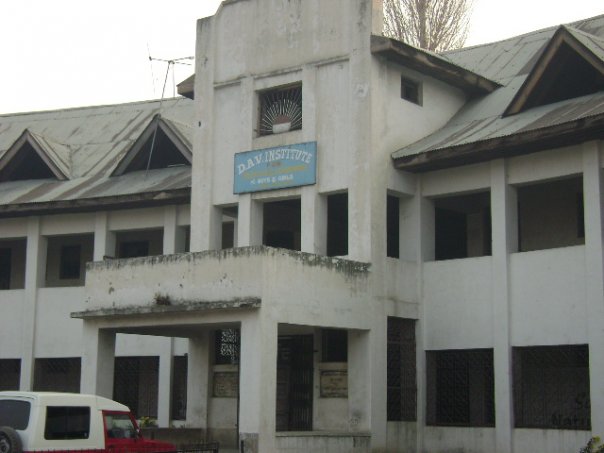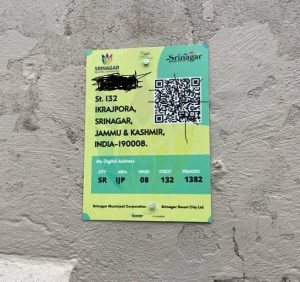
The Erasure of Jawahar Nagar: A Tale of Changing Landscapes in Smart Srinagar City
Jawahar Nagar’s Unexplained Exclusion from Smart Srinagar: A Call for Transparency and Inclusion
By: Javid Amin
In the ever-evolving tapestry of urban development, cities grow, change, and transform. This metamorphosis often comes as part of a grand vision, promising improved infrastructure and a better quality of life for the residents. However, change can be a double-edged sword. It can bring progress and, simultaneously, erase the historical and cultural significance of certain areas. A recent transformation in Srinagar, one of the jewels of the picturesque Kashmir Valley, has sparked debates and discussions among the residents, authorities, and urban planners.

Jawahar Nagar, a prime area in Srinagar, has seemingly vanished from the map. The very name, ‘Jawahar Nagar,’ which carried a historical and emotional significance, has been cast aside and forgotten, submerged under the newer nomenclature of ‘Ikrajpora.’ The area’s transition from one identity to another has not been a seamless one, and it has left many residents disheartened and concerned.
As per the new naming convention, Jawahar Nagar, once a distinct entity within the city, has been subsumed under the label of Ikrajpora. This transformation, while part of the larger ‘Smart Srinagar City’ initiative, has raised questions about the erasure of a place’s identity and the significance it holds for its residents.
The shift from Jawahar Nagar to Ikrajpora has not occurred without resistance. The residents, who have known this place as their home, have understandably exhibited a deep attachment to the name and identity of Jawahar Nagar. Their attachment isn’t merely sentimental; it’s intertwined with the history and culture of the area. Thus, it’s hardly surprising that they pushed back against the erasure of the name.
The residents’ resistance was not in vain. Upon visiting the concerned office, they were assured that the errors in the naming transition would be rectified. However, the journey from assurance to implementation has been far from smooth. Despite the promises made, installation of the new name tags has commenced without addressing the concerns and errors brought forth by the residents.
In a city like Srinagar, where history seeps through every alley, and where the names of places are often tied to deep-rooted stories, the erasure of an area like Jawahar Nagar is not just a change of nomenclature. It’s a step towards rewriting the history of the city.
This renaming raises questions about the cultural and historical preservation of our cities. What do we prioritize when planning urban development? Are we taking into account the emotional and cultural ties that residents have with the areas they call home?
In this era of ‘Smart Cities,’ the transformation and modernization of urban spaces are essential for progress. However, it’s equally important to approach such changes with sensitivity and inclusivity. Residents should not feel like their concerns are brushed aside in the name of development. Urban planners and local authorities need to consider the emotional and historical values of these spaces and work collaboratively with the residents to ensure that changes are not only smart but also culturally and historically sensitive.
The case of Jawahar Nagar reminds us that urban development should be a holistic endeavor, taking into account both the physical and emotional landscapes of a city. It’s a lesson in the delicate balance between progress and preservation, and in the need to respect the sentiments of the people who call these places home.
As the tags bearing the new name ‘Ikrajpora’ are affixed to the streets and corners, the residents of what was once Jawahar Nagar can only hope that their concerns will be addressed, and their history and culture duly acknowledged and preserved in the evolving narrative of Srinagar’s urban landscape.

